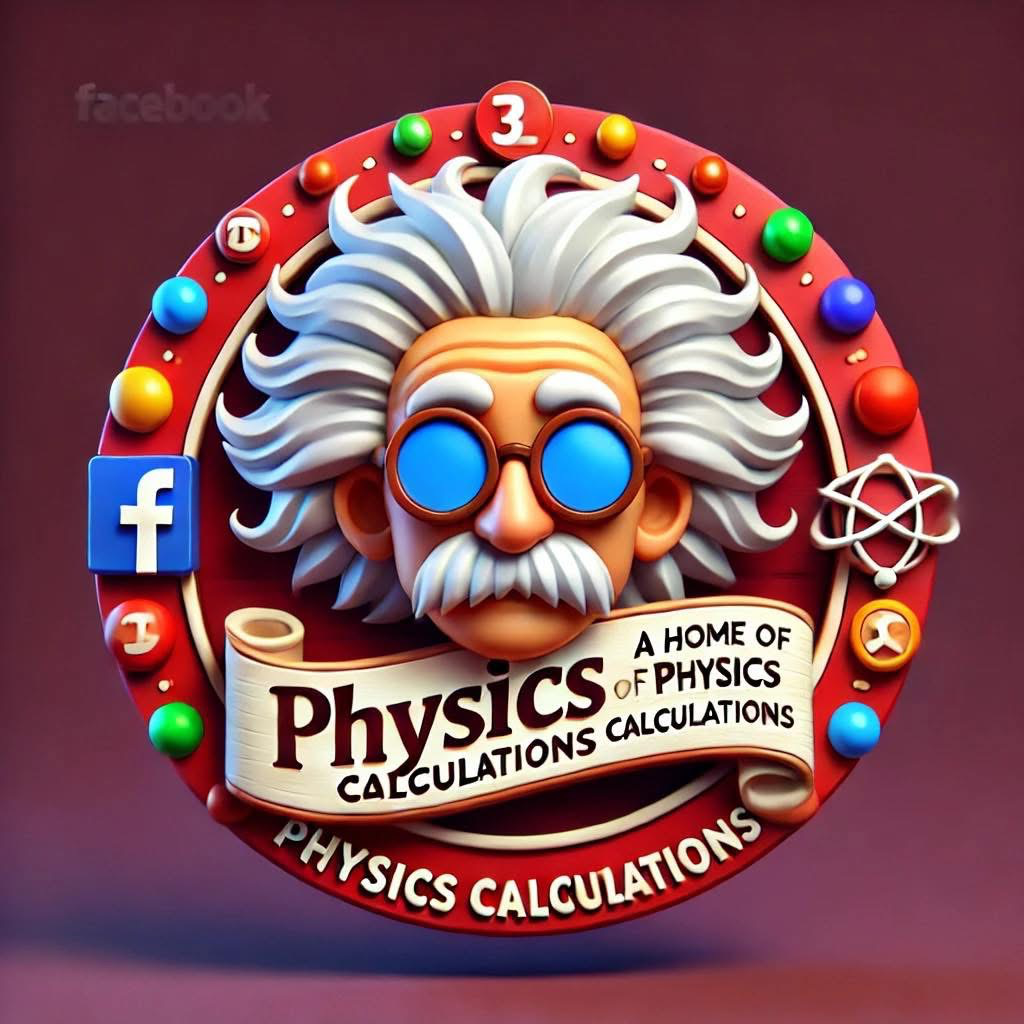A rocket carrying a satellite is accelerating straight up from the Earth's surface. At 1.15 s after
250 views
Jan 13, 2025
A rocket carrying a satellite is accelerating straight up from the Earth's surface. • At 1.15 s after liftoff, the rocket clears the top of its launch platform, which is 63 m above the ground. • After an additional 4.75 s, the rocket is 1.00 km above the ground. Calculate the magnitude of the average velocity of the rocket for: (a) The 4.75-s part of its flight. (b) The first 5.90 s of its flight.
View Video Transcript
0:01
a rocket carrying a satellite
0:03
accelerating straight off from the
0:06
Earth's surface at 1.15 seconds after
0:11
lift off the rocket clears the top of it
0:14
is launched platform which is 63 m above
0:19
the ground after an additional 4.75
0:23
seconds the rocket is
0:26
1.0 km above the
0:28
ground so what this question is telling
0:31
us that the rocket is carrying a
0:33
satellite and it is accelerating upward
0:37
from the Ed surface and at 1.15 seconds
0:42
the height is 63 m above the ground
0:46
therefore when after traveling 1.15
0:50
seconds it is the height
0:52
is the height is 63 m above the
0:56
ground
0:58
additionally up
1:00
an additional
1:01
4.75 seconds this 4.75 plus 1.15 seconds
1:06
now calculate the magnitude of the
1:09
average velocity we are to calculate the
1:11
average velocity of the rocket for a
1:14
4.75 seconds part of it is blight and B
1:20
the first 5.90 seconds of it is light
1:24
remember that this 5.90 seconds we got
1:27
it from additional 4. 75 seconds because
1:31
the 4.75 seconds is added to
1:35
1.19 to give
1:39
5.90 so this is why we have the first
1:43
5.90 seconds of it islight now we are to
1:48
extract our data and the time for 4.75
1:52
seconds the time interval is 4.75
1:56
seconds so the initial position that is
1:58
the plus distance so the height covered
2:01
is 63 M and the final which is X1 and
2:05
the final position which is X2 is 1, M
2:09
the reason why we say it's 1,000 m is
2:11
because it is 1,000 K 1 kilom and 1 kilm
2:15
if you convert it into M it is going to
2:17
give you 1,000
2:19
M now the time for 5.9 seconds which is
2:23
the time interval is 5.90 seconds
2:27
therefore now to get the time the
2:30
for the position the initial position is
2:32
0 m because it started from the Flor
2:35
therefore it started at the Flor since
2:37
it started as blow therefore X not is
2:40
equal to 0 m while the final position X
2:43
is 1,000 M which is the same one kilom
2:47
and is converted into M to give us 1,000
2:50
M therefore as you can see X which is
2:54
the final position or the final distance
2:57
or the final height covered is 1,000 M
3:01
while the X not is 0 m which which is at
3:05
the floor therefore now the formula
3:07
we're going to use the average velocity
3:10
formula is B average isal to DX DT that
3:15
is the distance
3:16
cover the change in distance all over
3:19
the change in time where D xals to the
3:23
final distance minus the initial
3:26
distance and DT is the time interval
3:28
therefore now we are going to
3:30
concentrate on
3:32
4.59 sorry
3:35
4.75 seconds before 4 5.19 therefore at
3:40
4.75 seconds we have the xal to final
3:44
minus initial which is X2 - X1 therefore
3:47
we have 1, - 63 and it is going to give
3:51
us 937 that is at 475 seconds therefore
3:56
now to find the aage velocity we say dx/
3:59
d T the X isal to 937 which is the
4:04
height covered and the T isal 4.75
4:07
second which is the time interval
4:09
therefore the final answer for the
4:11
average velocity at 4.75 seconds is
4:15
19726 m/ seconds and this is what we
4:19
have and reason why we had X2 and X1 is
4:23
because X2 is 1 km and it was given us
4:26
1,000 M and X1 is
4:30
63 uh M which was given from the
4:34
question therefore we now divided our
4:38
the total subtracted X1 from
4:42
X2 now for B which is at 5.9 seconds we
4:47
will first find the total height with
4:51
the total distance covered which is the
4:54
final distance minus the initial
4:57
distance the final distance is kilm
5:00
which is 1,000 M and the initial
5:02
distance remember it started from the
5:04
floor from the ground before it covers
5:08
some height therefore at this point when
5:10
it is at the floor or at the ground we
5:12
now
5:13
see it is at 0 m which is 1us 0 and it
5:19
will give us 1,000 M therefore the
5:23
average velocity is to 1,000 the time
5:26
interval which is 5.9 seconds and this
5:29
will give us
5:32
169 49 m/ seconds if you fres your
5:36
calculator remember that the x is
5:39
the uh change in time or sorry change in
5:42
the distance and DT is the time interval
5:45
now we can see that the final answers
5:48
are the average velocity for the 4.75
5:50
seconds is
5:52
19726 m/ seconds and the average
5:56
velocity for the first 5.90 seconds is
6:01
169.99
6:02
m/ seconds and this is our final answer
#Engineering & Technology
#Physics
#Science

